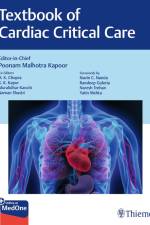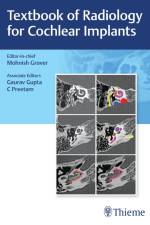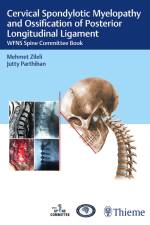av Edward C. Benzel, Stephen E. Jones, Michael P. Steinmetz, m.fl.
1 831
First edition received a prestigious 2010 IBPA Benjamin Franklin Silver Award for excellence in publishingAn anatomical, patient-oriented approach to neurologic diagnosis from renowned neurosurgeonsDespite strides in advanced neuroimaging techniques, what remains constant in the practice of neurology and neurosurgery is the enduring value of observing and interpreting patient signs and symptoms at bedside. Authored by renowned neurosurgeons Cary D. Alberstone, Edward C. Benzel, Michael P. Steinmetz and distinguished colleagues, Anatomic Basis of Neurologic Diagnosis, Second Edition details neuroanatomy in an organized, thorough manner, tipping its hat to the art and science of neurologic diagnosis. Like the widely acclaimed first edition, the updated volume emphasizes a logical, patient-oriented approach to neurologic diagnosis, conspicuously absent from most standard neuroanatomy texts.New to this second edition are a portfolio of carefully curated MRI images and sections on neuroplasticity, peripheral nerve architecture, peripheral nerve injury and recovery, electrodiagnostic diagnosis of radiculopathy, tremor, deep brain stimulation targets (and side effects), autonomic disorders, altered states of consciousness, and spontaneous intracerebral hemorrhage. Two sophisticated new chapters address our current understanding of Memory and Neural Networks.Key Features:Clinically pertinent anatomy is described succinctly and in plain languageThe cardinal manifestations of regional nervous system disorders facilitate localization of lesionsLogical approaches to system-based complaints aid in differential diagnosisLearning objectives begin each chapter, graced by a variety of easy-to-grasp conceptual drawingsMRI images, new to this edition, enrich and amplify the textThe authors present a practical, reader-friendly, and patient-centric approach to diagnosing neurological disorders. Residents, fellows, and practitioners in neurology, neurosurgery, and neuroradiology, and those studying for board examinations, will enjoy reading this indispensable resource.






























